Target Species – Red-Necked Avocet
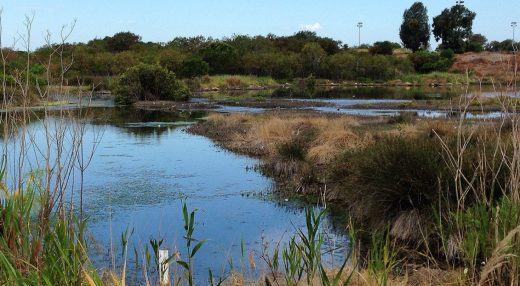
As a Sydneysider, I am very lucky. I have access to the city life, food from every corner of the globe, bars of all styles and themes, clubs, beautiful architecture, wonderful array of things to do and traffic as far as the eye can see. As well as this, I have access to natural areas; ultimate green space. Virgin bushland, national parks and spectacular coastline encompass the city. However, as the city strives to grow into its big boots and truly develop into a World City, this natural beauty will inevitably stand in the wake of urban development.
Landing Lights Wetland is in the suburb of Banksia, about 7km from the centre of CBD Sydney. It is described as a Saline Estuarine Wetland or Estuarine Saltmarsh. Estuarine Saltmarsh is listed as an Endangered Ecological Community under the Threatened Species Conservation Act 1995. It provides an integral home and foraging grounds for native coastal bird species, as well as migratory bird species, venturing from as far as Siberia. Species recorded here include the Red-Necked Avocet, Black Bittern and Broad-Billed and Sharp-Tailed Sandpiper.
The significant urban development I alluded to earlier has threatened the existence of this wetland. Fortunately, with heavy community support, a 3 year restoration plan was established and undertaken, helping to highlight the importance and ecological value to the flora and fauna on site, as well as the importance to the community. But how long will this continue? I had to check it out for myself.
Coupled with my want to check out a new wetland was hearing that there was an appearance of the Red-Necked Avocet. This shorebird feeds in shallow waters, mudflats and sandflats of lakes, wetlands and shorelines. shorelines. It has an unusual, upturned bill and big beady eyes. I think they kind of look like they are in a state of hypnosis. I kind of liked that and was determined to snap one.
The wetland lies behind a concrete canal, a tributary of the Cook’s River (so very natural) and behind a cesspit of weeds. Needless to say, you aren’t coming here on a first date, nor are you coming here with an overseas visitor to highlight the beauty of estuarine wetlands in Sydney (but don’t ask my American girlfriend if I ever brought her here on such a visit). On first appearance, it is just a pond, overflowing at the sides, with a strange, abandoned building sitting amongst the vegetation. But it is so much more than that. It has mature mangrove on parts of its banks. Strong, healthy populations of common Saltmarsh ecosystem plants such as Samphire (Sarcocornia quinqueflora), Seablite (Suaeda australis), Saltwater Couch (Sporobolus virginicus) and Bare Twig Rush (Baumea juncea) line the shallows helping to filter solids and liquids that would otherwise pollute marine habitat.
I was greeted by at least 20 White-Faced Heron, foraging for small fish and invertebrates in the shallows. The glassy, clam water mirrored the elegant heron augmenting your mind to assume they were duplicating, more and more emerging from the halcyon surface. As the sun was setting and the *“Golden Hour” (see below) setting in, no Avocets were present, just the herons, a lone Black Winged Stilt, wriggling and twitching for its dinner at dusk and couple Masked Lapwing, standing conspicuously and suspiciously in the middle of the pond.
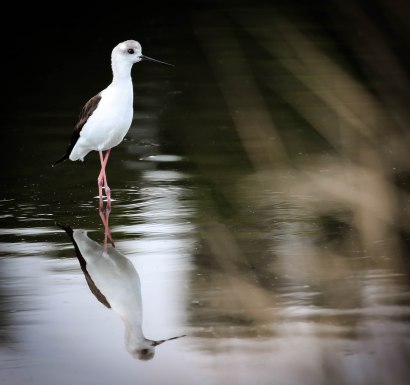
Black-Winged Stilt

White-Faced Heron

White-Faced Heron
I returned a week later in anticipation and fortuitously, I came across 3 Red-Necked Avocets standing prone in the shallows. I was stoked! Unfortunately, another photographer had boorishly taken the prime, photographic position (there was nothing boorish about his actions, he was just lying there and had the spot I wanted so I disparaged him in my head), so I left, without the shots I wanted. Although, I was still super stoked as this was my first sighting of this awesome bird.

Black-Winged Stilt
I returned the next day to see my adversary absent and the 3 same Avocets (probably) playfully feeding in the shallows. Sucker. I reclaimed MY position back from my foe and settled in as the sun set at my back. Perfect conditions really. Now, I have learnt that wildlife photography may include putting yourself in uncomfortable, unsteady or befouled positions in order to get the best shots. I was standing in a reasonably befouled, muddy place. I have also learnt that especially with wading birds, the best shots are taken from as close to eye level as possible. As the Avocets harmlessly cruised on by, I knew what I needed to do; I needed to lie, stomach down, in the befouled muddy water I described earlier and snap away. Did I mention the water was foul? It was like lying in a puddle of water laced with rotting livers and years upon years of duck poo (but the years upon years of duck poo did exist in the mud below me!). As I laid there in the mud I thought to myself;
- I hope no one sees me, I’m a little bit embarrassed
- Imagine if my siblings saw me right now
- This is gross
Fortunately, for my ego, I was super impressed with the shots I had taken and I was more impressed with viewing this bird from such close proximity. They are a beautiful bird. They seemed refined close-up, crammed full of character and charm. If they were a human, I’d say they’d be more Taylor than Britney, more Jay Z than Kanye, more Obama than Trump.
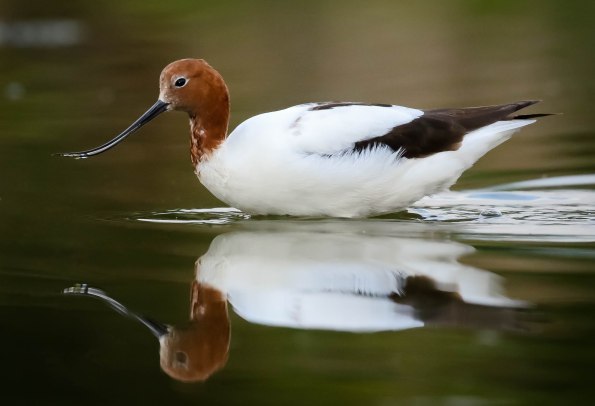
Red-Necked Avocet
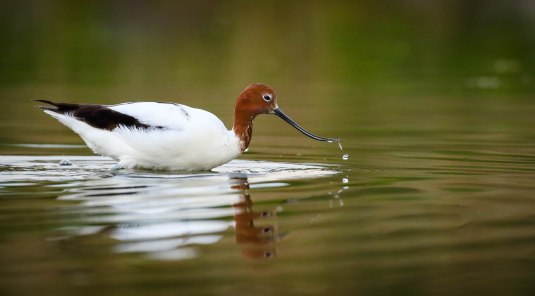
Red-Necked Avocet
Landing Lights is a gem of a wetland. And I’ll be back in the Summer…
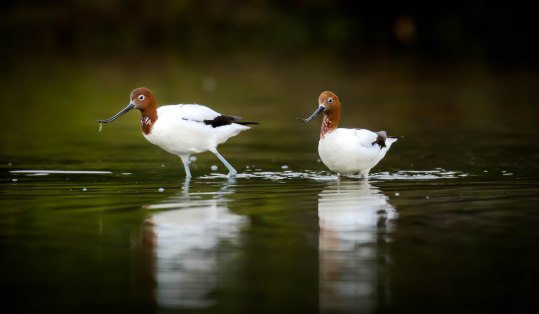
Red-Necked Avocet
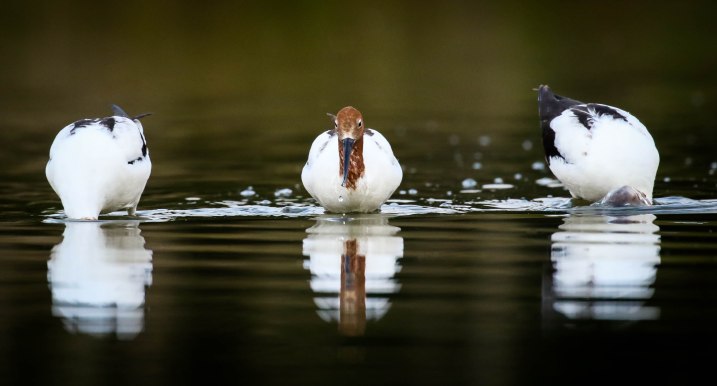
Red-Necked Avocet
*Golden Hour – period shortly after sunrise and before sunset during which the light is more golden and softer than in the middle of the day. AKA awesome time to take photographs!
Beautiful photos.
LikeLike
Very much appreciated Ellen!
LikeLike
Gorgeous Avocet photos (another species we have in America, very simialr, and oh I love them!). It was totally worth it! Yes, refined – I love your impressions, verbal and pictorial.
LikeLike
Thanks for the kind words! Avocets sure are one of my favs!
LikeLike
Thank-you very much for visiting my blog and for the follow. Your photos are wonderful!
LikeLike
Thank You Clare
LikeLiked by 1 person